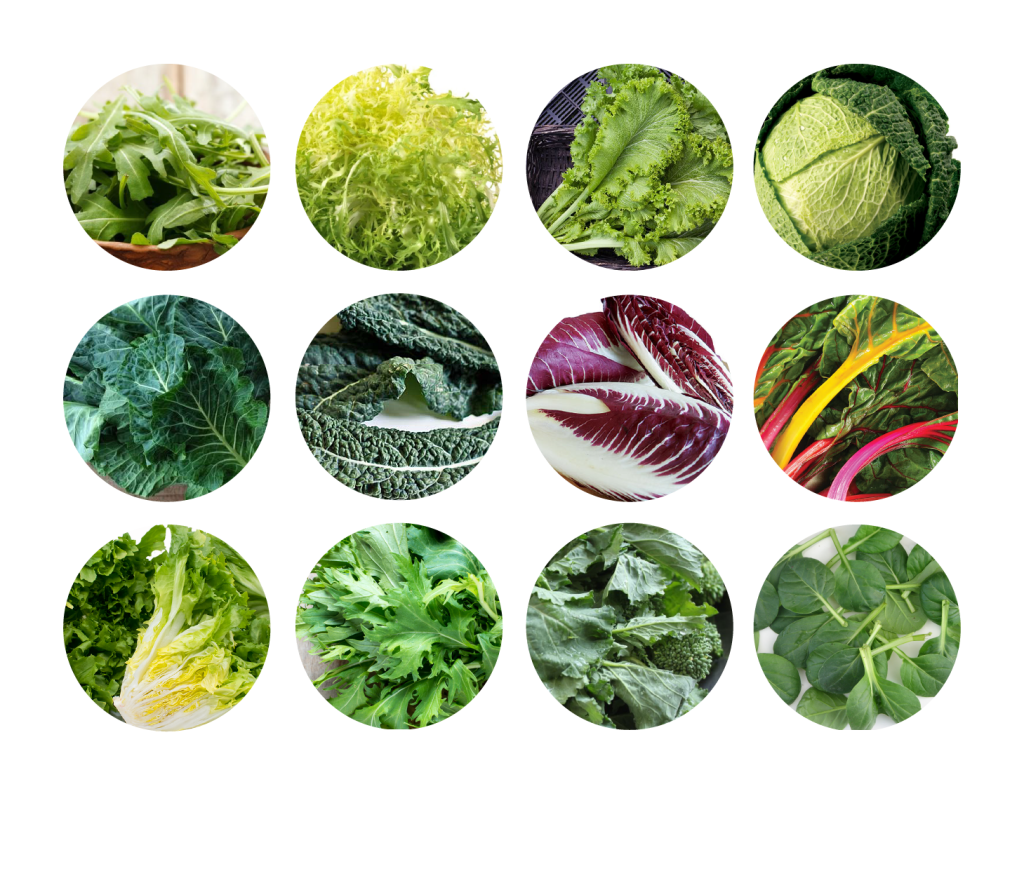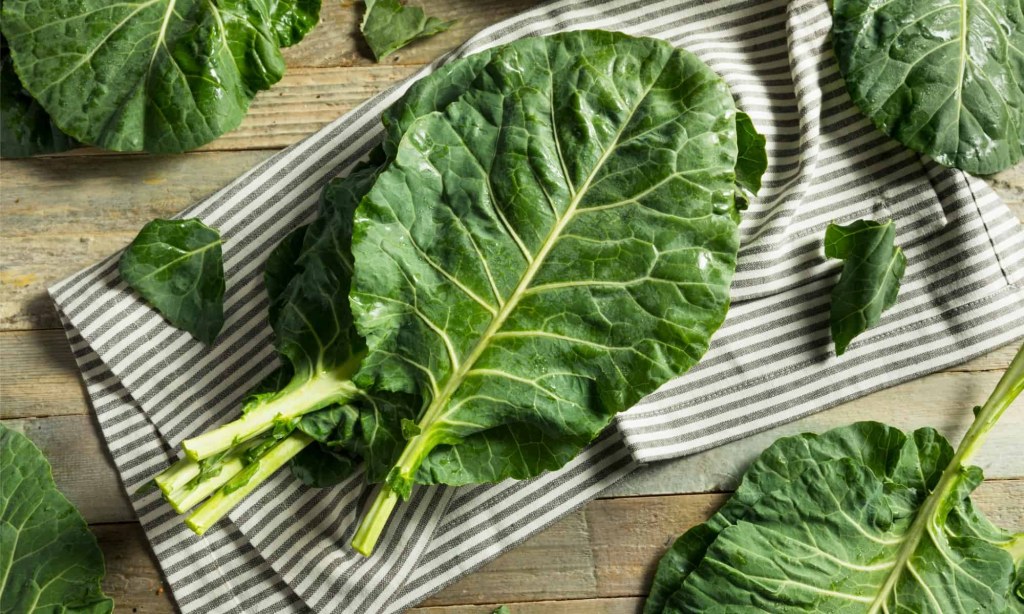Ultimate Showdown: Swiss Chard Vs. Collard Greens – Discover The Power-Packed Superfoods And Make A Healthier Choice Today!
Swiss Chard vs Collard Greens: A Comparative Analysis
Introduction
Welcome, Swiss Enthusiast!
3 Picture Gallery: Ultimate Showdown: Swiss Chard Vs. Collard Greens – Discover The Power-Packed Superfoods And Make A Healthier Choice Today!



In this article, we will delve into the fascinating world of leafy greens and compare two popular varieties: Swiss chard and collard greens. These nutritious vegetables have gained immense popularity for their health benefits and versatility in culinary applications.

Image Source: squarespace-cdn.com
Whether you are a health-conscious individual, a culinary enthusiast, or someone simply looking to add more greens to your diet, this comprehensive comparison will provide you with valuable insights to make an informed choice.
So, let’s dive in and explore the similarities, differences, advantages, and disadvantages of Swiss chard and collard greens!
What are Swiss Chard and Collard Greens?

Image Source: a-z-animals.com
Swiss chard, scientifically known as Beta vulgaris subsp. cicla, belongs to the same family as beets and spinach. It is characterized by large, vibrant green leaves and colorful stalks, which can range from white to yellow, pink, or red.
Collard greens, scientifically known as Brassica oleracea var. viridis, are leafy vegetables that belong to the same family as kale and cabbage. They feature dark green, broad leaves with thick stems.

Image Source: blogspot.com
Both Swiss chard and collard greens are nutrient-dense powerhouses, packed with vitamins, minerals, and antioxidants that contribute to overall well-being.
Who Should Incorporate Swiss Chard and Collard Greens into Their Diet?
Swiss chard and collard greens are highly recommended for individuals looking to improve their overall health and well-being. They are particularly beneficial for:
People aiming to boost their immune system
Individuals seeking to maintain healthy blood pressure levels
Those looking to support a healthy digestive system
Pregnant women who require essential nutrients for fetal development
Individuals with a higher risk of chronic diseases, such as heart disease and diabetes
Athletes and fitness enthusiasts who need to replenish their nutrient stores
Anyone looking to add variety and flavor to their meals
When and Where Can You Find Swiss Chard and Collard Greens?
Swiss chard and collard greens are available throughout the year, but their peak season varies depending on the region. In temperate climates, they are generally harvested during late spring, summer, and early fall.
You can find these leafy greens in various grocery stores, supermarkets, and farmers’ markets. Additionally, they can be grown in home gardens or obtained through community-supported agriculture (CSA) programs.
Why Should Swiss Chard and Collard Greens Be a Part of Your Diet?
Swiss chard and collard greens offer numerous health benefits that make them an excellent addition to your diet:
Rich in Nutrients: Both Swiss chard and collard greens are packed with essential vitamins and minerals, including vitamins A, C, K, and E, as well as calcium, iron, and magnesium.
Antioxidant Powerhouses: These leafy greens contain potent antioxidants that help protect your cells against damage from harmful molecules called free radicals.
Support Digestive Health: The high fiber content in Swiss chard and collard greens promotes healthy digestion and helps prevent constipation.
Heart-Healthy: The combination of fiber, potassium, and antioxidants in these greens supports heart health by reducing the risk of cardiovascular diseases.
Weight Management: Swiss chard and collard greens are low in calories and high in fiber, making them an excellent choice for individuals aiming to maintain a healthy weight.
How to Incorporate Swiss Chard and Collard Greens into Your Meals?
Now that you’re aware of the benefits, let’s explore some creative and delicious ways to incorporate Swiss chard and collard greens into your meals:
Include them in salads for a refreshing and nutritious twist.
Add them to smoothies for a boost of vitamins and minerals.
Sauté or stir-fry them as a side dish or a main course.
Use them as a wrap substitute for a nutritious and low-carb option.
Blend them into soups or stews for added flavor and nutrients.
Advantages and Disadvantages of Swiss Chard vs Collard Greens
While both Swiss chard and collard greens offer numerous health benefits, it’s essential to consider their advantages and disadvantages:
Swiss Chard:
Advantages: High in antioxidants, versatile in cooking, and promotes bone health.
Disadvantages: Oxalate content may pose concerns for individuals with kidney stones.
Collard Greens:
Advantages: Excellent source of vitamins and minerals, supports detoxification, and aids in digestion.
Disadvantages: Can be tough and require longer cooking times.
Frequently Asked Questions (FAQ)
1. Are Swiss chard and collard greens suitable for a vegetarian or vegan diet?
Yes, both Swiss chard and collard greens are excellent choices for individuals following a vegetarian or vegan diet. They provide essential nutrients often found in animal-based products.
2. Can I freeze Swiss chard and collard greens?
Yes, you can freeze Swiss chard and collard greens. However, blanching them before freezing helps preserve their color, texture, and nutritional value.
3. Is it necessary to remove the stalks before cooking?
It is not necessary to remove the stalks, as they are edible and contribute to the overall flavor and texture of the dish. However, if you prefer a milder taste, you can remove the stalks.
4. How can I ensure that Swiss chard and collard greens are thoroughly cleaned?
Prior to cooking, soak the leaves in a bowl of cold water and gently agitate them to remove any dirt or debris. Rinse them under running water and pat them dry.
5. Can I substitute Swiss chard for collard greens in recipes?
Yes, you can substitute Swiss chard for collard greens in most recipes. However, keep in mind that Swiss chard has a slightly milder flavor.
Conclusion
In conclusion, Swiss chard and collard greens are two exceptional vegetables that offer a plethora of health benefits. Whether you choose the vibrant leaves of Swiss chard or the hearty greens of collard greens, incorporating them into your diet can enhance your overall well-being.
Experiment with different cooking methods and recipes to explore the unique flavors and textures these leafy greens offer. Remember, a healthy diet is all about balance, so make sure to enjoy a variety of vegetables to reap the full range of nutrients they provide.
Start adding Swiss chard and collard greens to your grocery list today and embark on a journey towards a healthier lifestyle!
Final Remarks
Disclaimer: The information provided in this article is for educational purposes only and should not be considered as medical advice. Consult with a healthcare professional or registered dietitian before making any changes to your diet.
Remember to consume Swiss chard and collard greens as part of a balanced and varied diet to maximize their health benefits.
Stay healthy and enjoy your culinary adventures with these nutrient-packed leafy greens!
This post topic: Swiss



